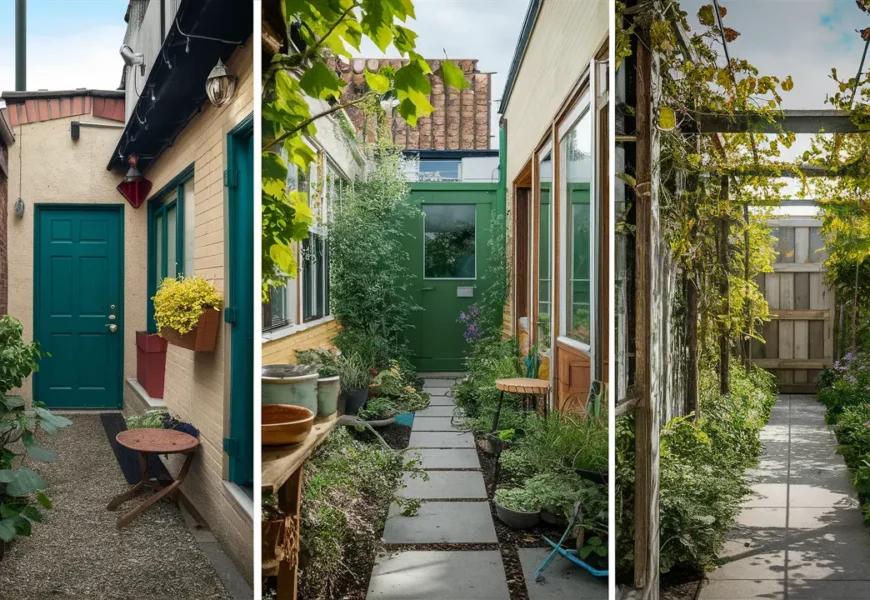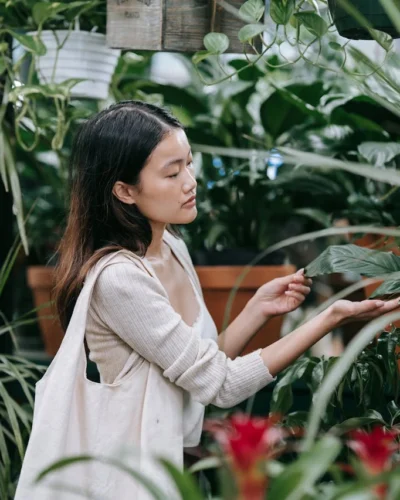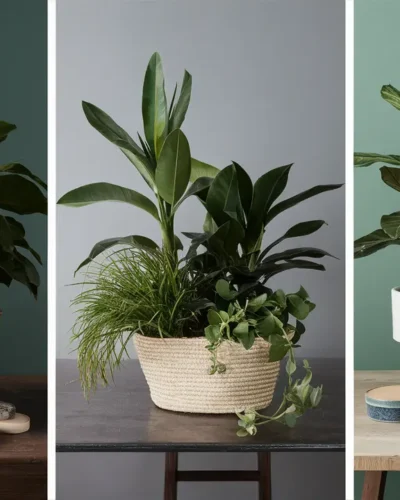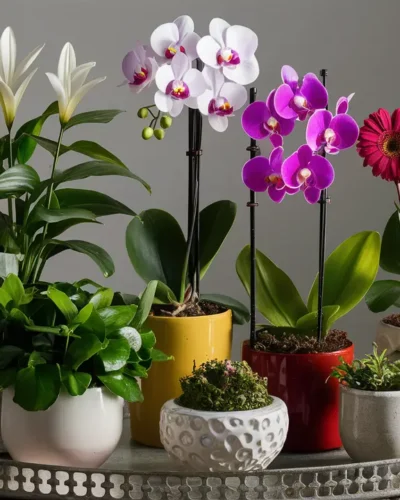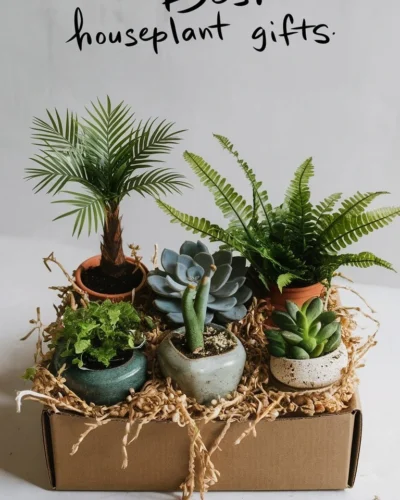Table of Content
Feel like your garden is a small space compared to your neighbour’s huge green kingdom? Don’t worry! Even the most compact concrete jungle can be transformed into an epic oasis. Here’s how to create a stunning little garden in 2024, without spending a fortune.
Vertical Gardening: Your Secret Weapon
The key to small garden expansion is going vertical. Think of it like Jenga for plants – stack them high without them toppling over. Here are some awesome ways to maximize your vertical space:



- Climbing the Walls (Literally):
- Plant Choices: Tomatoes (cherry or slicing varieties), clematis, jasmine, morning glories, climbing roses.
- Support Systems: Trellises, fences, pergolas, arches. (Tip: Get creative! Use old ladders, repurposed chicken wire, or even sturdy string for a rustic look.)
- Plant Power Tower:
- This is where herbs take center stage! Choose a vertical planter with multiple tiers, or create your own using recycled materials (think stacked paint cans with drainage holes).
- Herb Ideas: Basil, thyme, oregano, parsley, chives, mint (plant mint in a separate container to prevent it from taking over!).
Eco-Friendly Gardening on a Budget
Who says a killer garden needs a king’s ransom? Here’s how to become an eco-gardening rockstar without blowing your savings:


- Recycle & Repurpose Challenge:
- Get Inspired: Old tires, watering cans, broken chairs, buckets, colanders – the possibilities are endless!
- Drainage is Key: Make sure your recycled container has drainage holes to prevent waterlogging. You can easily drill some yourself.
- Compost is Your New Friend:
- Compostable Materials: Coffee grounds, eggshells, fruit and vegetable scraps (except meat and dairy), tea bags, shredded cardboard.
- Composting Options: Start a simple compost bin in a corner of your yard, or use a countertop composter for smaller spaces.
Planting for the Future
Did you know that some plants are actually stars in your local environment? Known as native plants, these local champions use less water and thrive in your environment. They also attract butterflies and bees, making everyone happy (especially those delicious fruits and vegetables you’re growing!).
Here’s a table to help you choose some amazing native plants for your small garden:
| Category | Plant Examples | Benefits |
|---|---|---|
| Vegetables | Tomatoes, peppers, eggplants (dwarf varieties) | Delicious and pollinator-friendly! |
| Herbs | Lavender, sage, oregano, thyme | Fragrant, low-maintenance, and attract pollinators. |
| Flowers | Black-eyed susans, coneflowers, milkweed | Beautiful, drought-resistant, and a haven for butterflies and bees. |
There You Have It!
With some creativity and these practical tips, you can transform your small garden into a beautiful, vibrant one. Remember, gardening is all about having fun and getting your hands dirty. So get out there, embrace your hidden plant power and turn your small space into a real star! Now go out and conquer your gardening dreams!
Frequently Asked Questions (FAQ)
1. Why is vertical gardening important for small spaces?
Vertical gardening allows you to maximize your planting space by utilizing vertical surfaces such as walls and fences, making it ideal for small gardens where ground space is limited.
2. What are some examples of plants suitable for vertical gardening?
Popular choices for vertical gardening include tomatoes (both cherry and slicing varieties), clematis, jasmine, morning glories, and climbing roses.
3. What support systems can be used for vertical gardening?
You can use various support systems such as trellises, fences, pergolas, and arches. For a creative touch, consider repurposing old items like ladders or sturdy string.
4. How can I create a plant tower for herbs?
You can either purchase a vertical planter with multiple tiers or create your own using recycled materials like stacked paint cans with drainage holes. Popular herbs for such plant towers include basil, thyme, oregano, parsley, chives, and mint (planted separately to prevent it from spreading).
5. How can I garden on a budget while being eco-friendly?
To garden on a budget while being eco-friendly, you can recycle and repurpose items such as old tires, watering cans, broken chairs, and buckets as planters. Additionally, focus on composting kitchen waste like coffee grounds, eggshells, fruit and vegetable scraps, and shredded cardboard to enrich the soil naturally.
6. What are some examples of compostable materials?
Compostable materials include coffee grounds, eggshells, fruit and vegetable scraps (excluding meat and dairy), tea bags, and shredded cardboard.
7. How can I start composting?
You can start composting by either setting up a simple compost bin in a corner of your yard or using a countertop composter for smaller spaces.
8. Why should I consider planting native plants?
Native plants are well-adapted to the local environment, requiring less water and maintenance. They also attract beneficial pollinators like butterflies and bees, contributing to a thriving ecosystem in your garden.
9. What are some benefits of native plants?
Native plants provide numerous benefits, including being drought-resistant, low-maintenance, fragrant, and attractive to pollinators. Examples of native plants include tomatoes, peppers, eggplants (dwarf varieties), lavender, sage, oregano, thyme, black-eyed susans, coneflowers, and milkweed.
10. How can I choose the right native plants for my garden?
Refer to the provided table in the article, which lists various categories of native plants along with examples and their benefits, to help you choose the right plants for your small garden.

